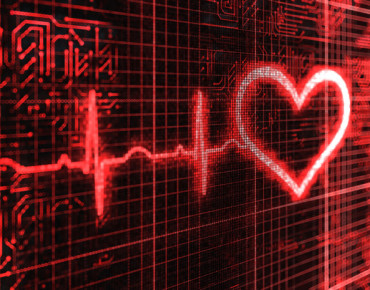Hiding Big Data in a Haystack

More and more, elderly patients whose vital signs must be monitored by physicians are able to stay home and send information about the condition to a physician over the Internet. But while this offers greater freedoms, it comes at the cost of putting confidential data at risk, which is why scientists at RMIT University in Melbourne, Australia are looking for an alternative to keep private information hidden.
The technique was published last month in IEEE Transactions on Biomedical Engineering, which revealed how researchers were able to use steganography to embed secret information in a larger data set.
In their research, the RMIT team sent the signals from patients’ electrocardiogram (ECG) readings along with the patients identity to healthcare workers. In order to determine anything about the patient, the workers need to have correct credentials.
“It can hide a picture of a person, it can hide personal details of the person, and it can also contain information about who can look at the ECG,” says Ibrahim Khalil, a computer scientist at RMI and co-author of the study.
Khalil explains that the ECG is ideal for steganography because it pumps out so much data every second, creating an enormous haystack in which to hide a needle’s worth of patient information. Just as importantly, inserting patient information can be done without distorting the actual ECG readings, which is essential for doctors making a diagnosis.
To accomplish this, the ECG is broken down into frequency subbands containing either meaningful ECG data or noise. This is then broken down by the team’s mathematical model, which requires a key from both sender and recipient to operate.
Already there has been a great deal of research into encrypting private information for healthcare, although so far this has created a problem because both encryption and decryption are computing intensive. Steganography, on the other hand, puts a much smaller load on a healthcare provider’s compute resources.
Although the research focused on ECG data, Khalil and co-author Ayman Ibaida hope to see their technique used in the industry for other biomedical signals, although they admit that it could be years before the technique can be implemented in medical monitoring systems.










